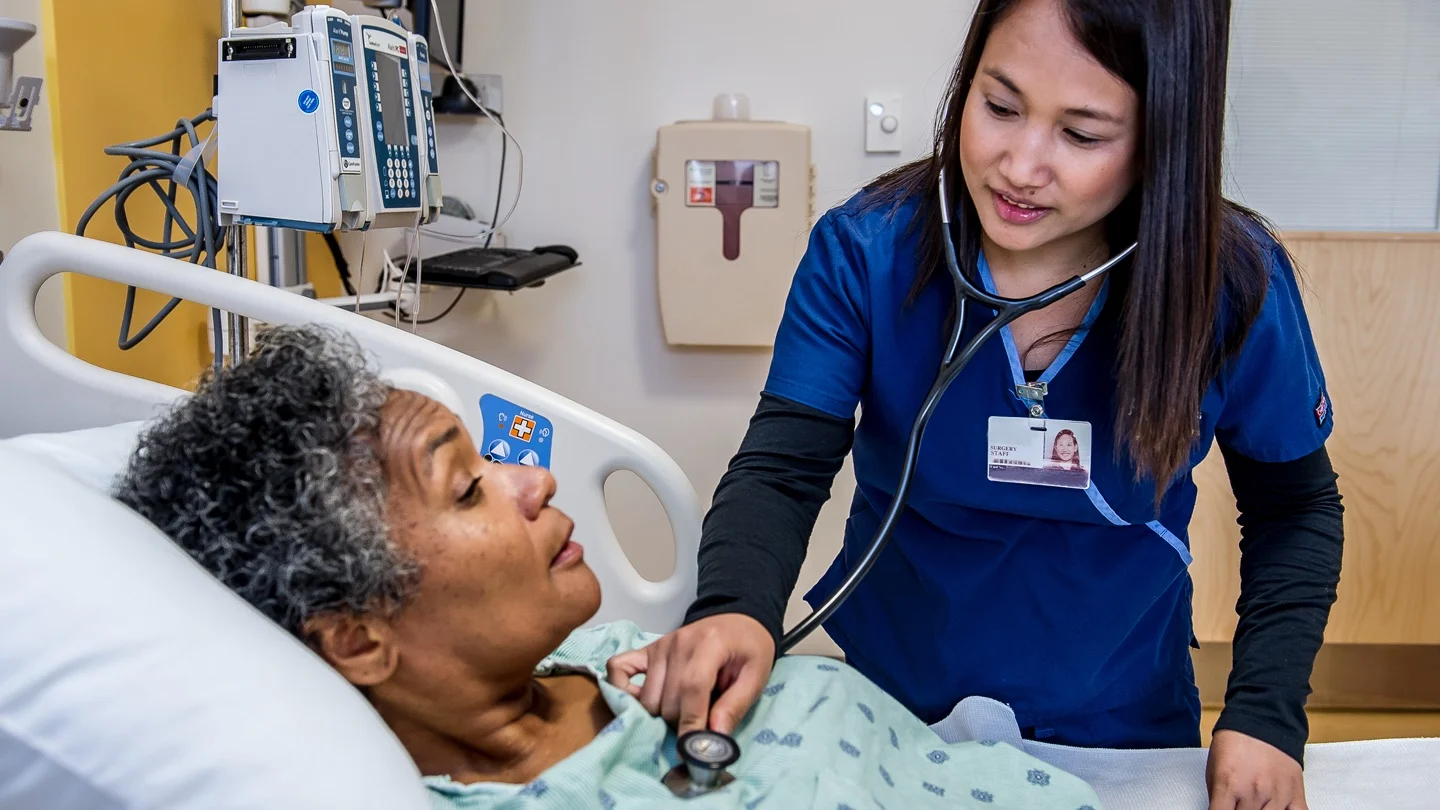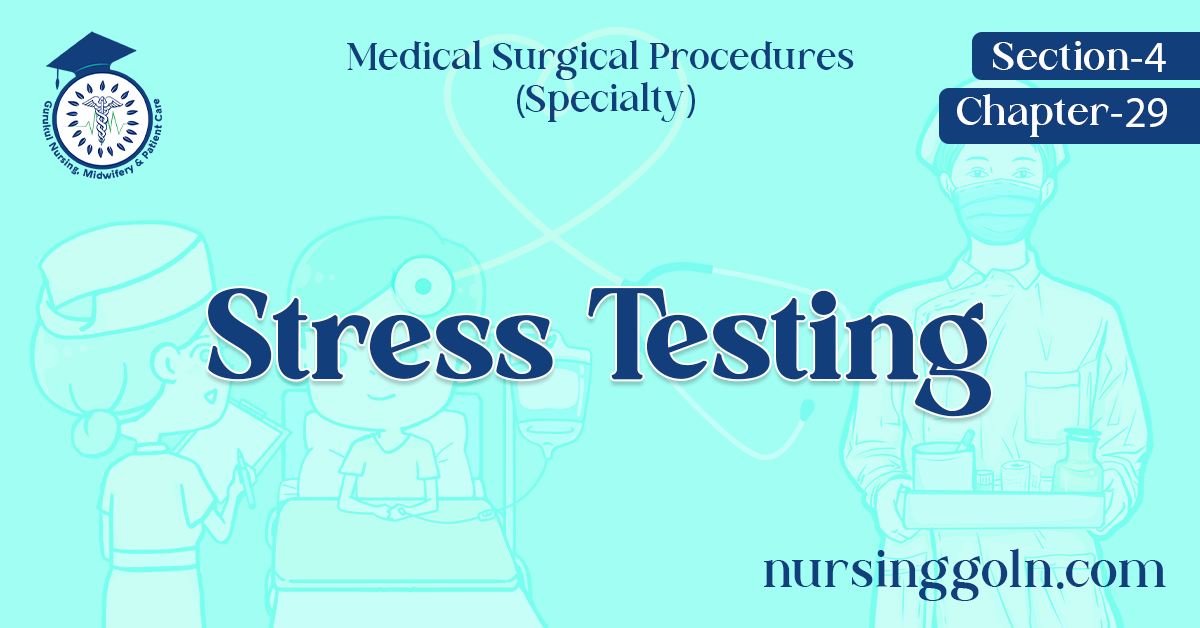Today our topic of discussion is Stress Testing.
Stress Testing

STRESS TESTING
Stress testing is an important noninvasive procedure for evaluating the cardiovascular status of clients who are known to have cardiac disease or who are at risk for cardiac diseases. The test increases the demand placed on the demand placed on the heart by increasing physical activity Through electrocardiography tracings, it is determined whether the heart is able to meet the increased oxygen demand (Fig. 29.94).
Purpose
- To assess the at-risk population
- Diagnosing chest pain syndromes and dysrhythmia associated with ischemia
- Evaluating the effectiveness of therapy (surgical or pharmacological)
- Identifying the initial level of function in cardiac rehabilitation programs and evaluating the results.
Indications
Class-1 (Clear Indications for Stress Testing)
- Suspected or proven coronary artery disease
- Male client who present with atypical chest pain
- Evaluate functional capacity and assess clients with coronary artery disease (CAD). prognosis of Clients with exercise related palpitation, dizziness of
- syncope Evaluate of recurrent exercise-induced arrhythmias
Class-II (Stress Testing may be Indicated)
- Evaluation of typical or atypical symptoms in women
- Evaluation of variant angina
- Evaluation of clients who are on digoxin preparations or who have a right bundle-branch block.
Class-III (Stress Testing is Probably Necessary)
- Young or middle-age asymptomatic clients who have no risk factors for CAD
- Young or middle-age asymptomatic clients.

Interfering Factors
- Severe anxiety may interfere with the client’s ability to participate fully in the stress testing
- False-positive results may due to bundle branch block, ventricular hypertrophy or digitalization
- False-negative results may be due to the use of beta- blockers.
Client Preparation
- Inform the client about purpose and procedure of the test Instruct the client to wear comfortable cloths and rubber-soled walking shoes Instruct the client not to eat, smoke or drink alcohol for 3-4 hours before the test
- If adenosine stresses testing being done, instruct the client to avoid theophylline-based drugs, diyridamole, over-the-counter drugs and caffeine for 24 hours
- Routine cardiac medications are usually continued
- Assess the following contraindications: chest pain.. hypertension, thrombophlebitis, second or third degree heart block, serious dysrhythmia, and severe congestive heart failure, neurological, musculoskeletal or vascular problems that would impede mobility on the bicycle or treadmill
- Warn the client that he or she will feel his or her racing and instruct the client to report chest pain during the procedure

- Have emergency equipment and drugs available
- The client is attached to electrodes for recording a 12 lead ECG A blood pressure cuff is put in place for quick access.
- A baseline blood pressure reading is obtained.
Read more:
